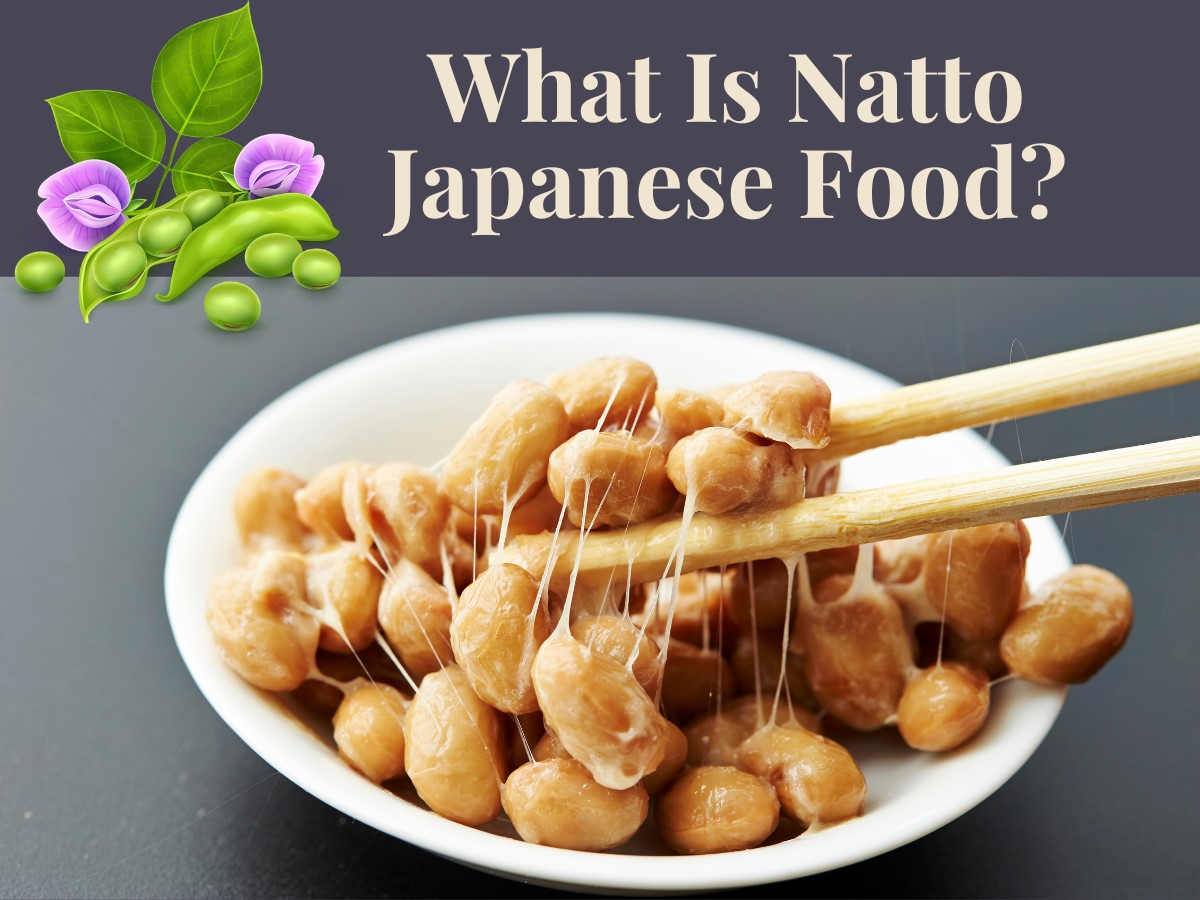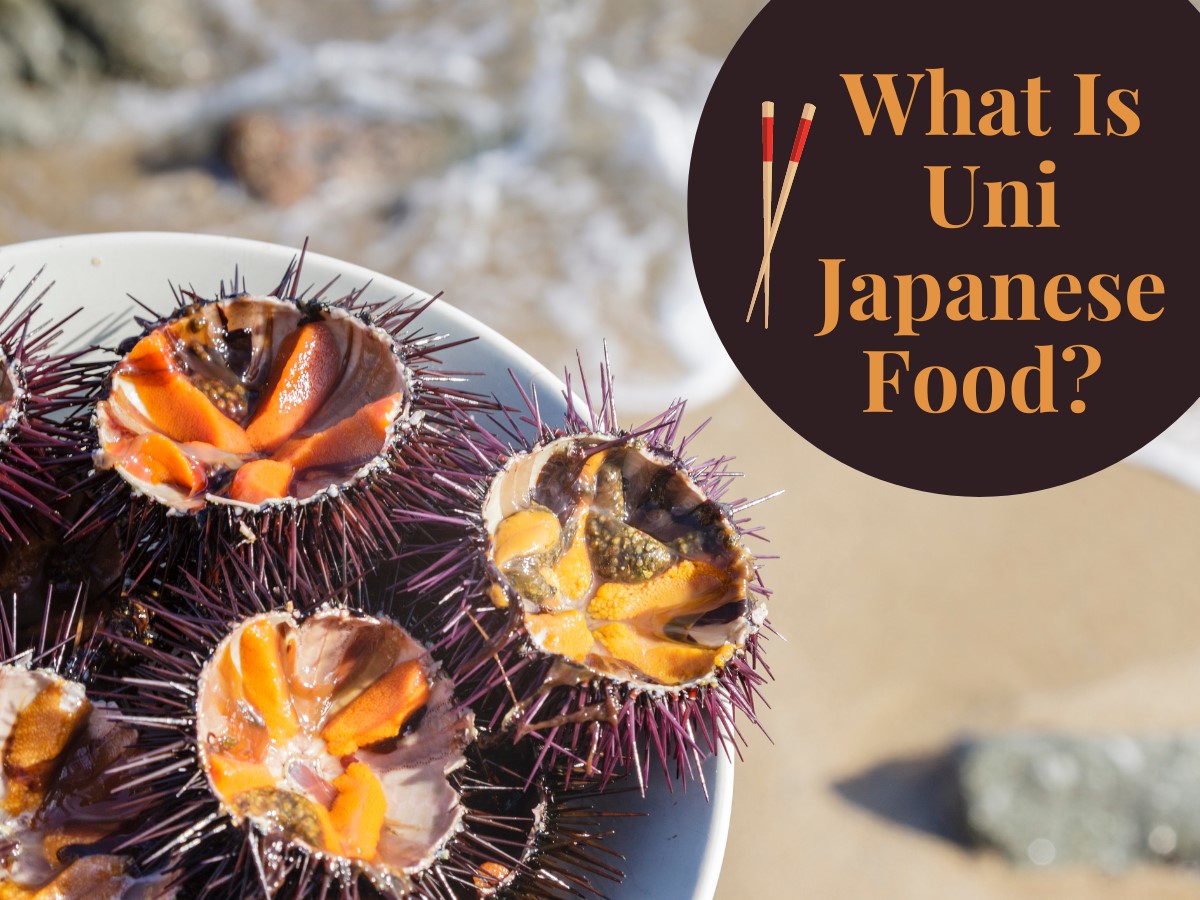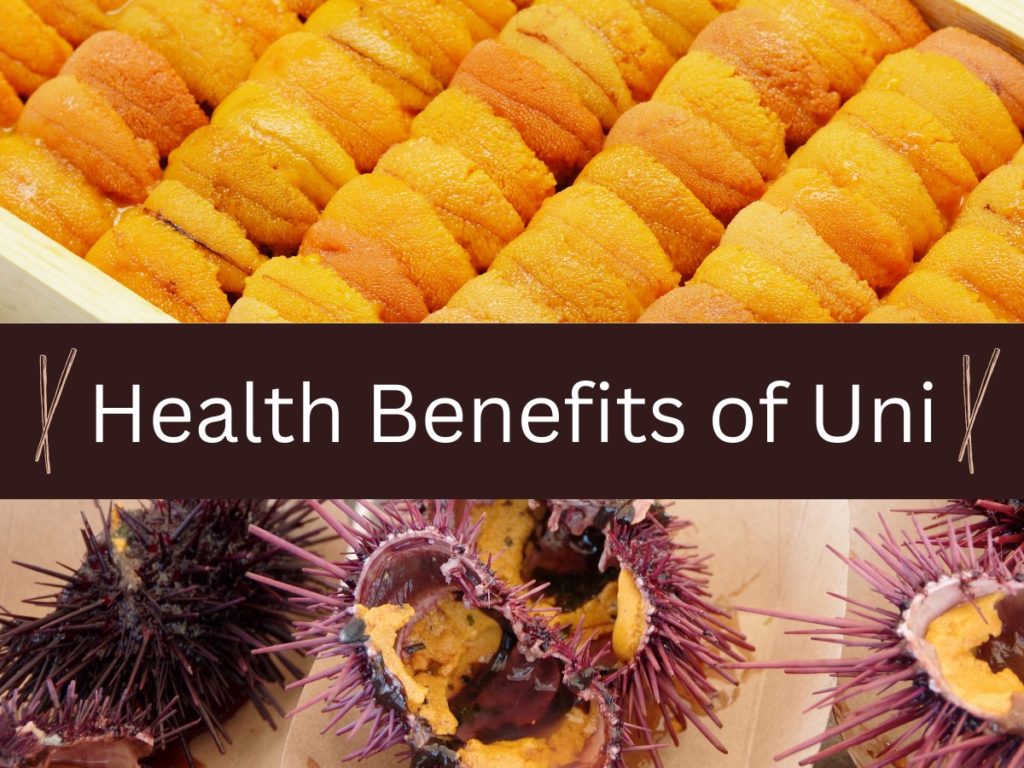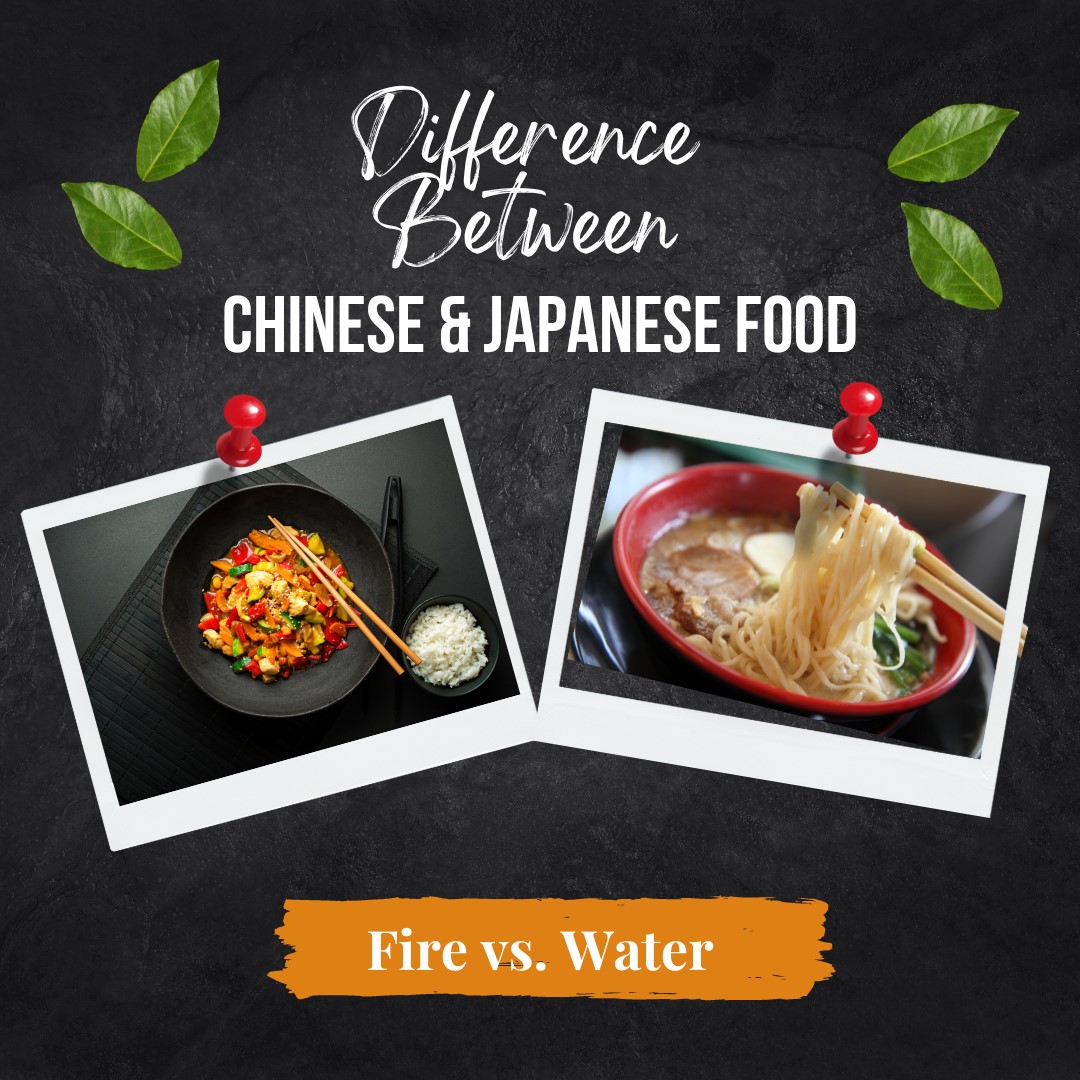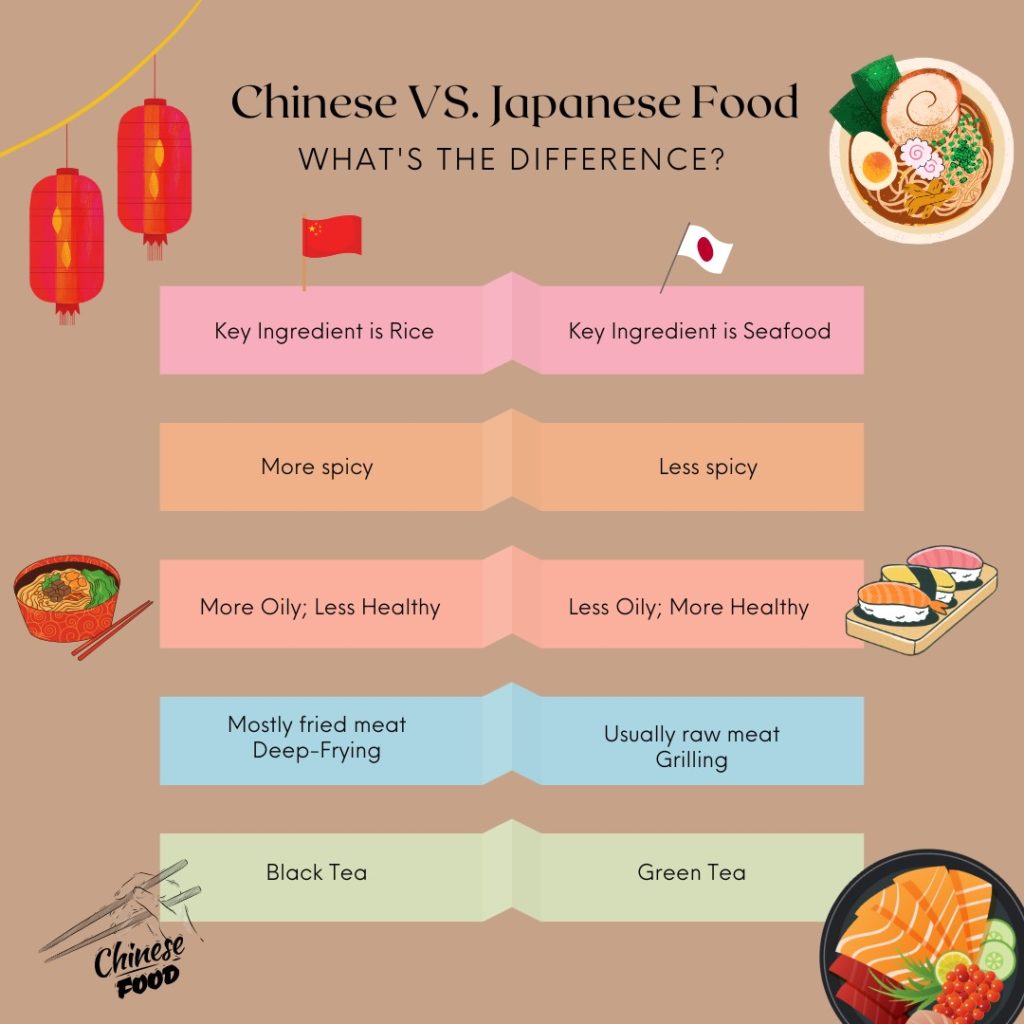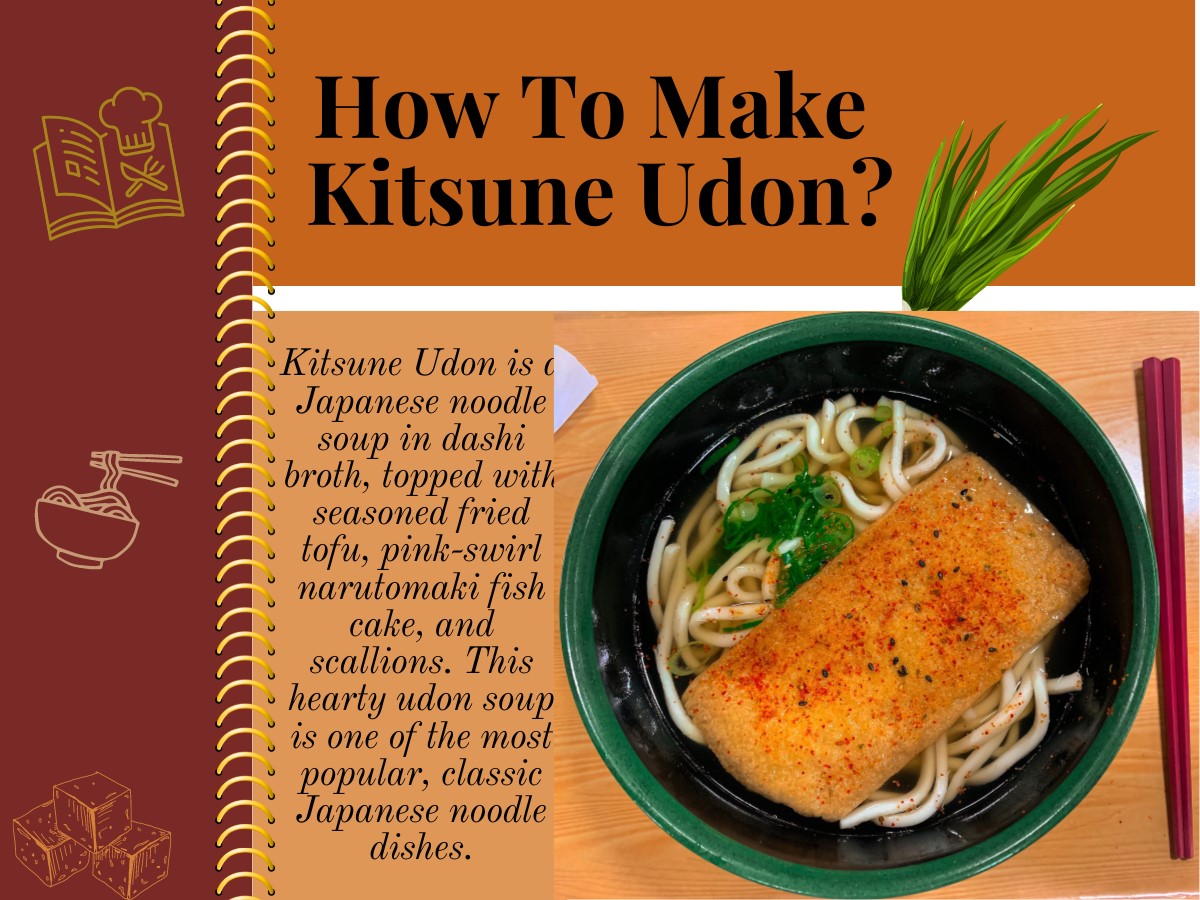Japanese food culture holds many polarizing foods that either you develop a taste or dislike entirely. Foods with disagreeable odors and pungent flavors may be popular with a particular group. However, some prefer to avoid consuming them despite their surprising health benefits.
Natto is one of the polarizing superfoods relished by the Japanese, particularly in Hokkaido, Tohoku, and Kanto. It is slimy and stinky yet an excellent source of probiotics. If you are a health freak or are excited to know about “What is Natto Japanese Food,” here is all you need to know.
What is Natto Japanese Food?
Natto is the Japanese name for fermented soybeans. The Bacillus subtilis bacteria bring about the fermentation of soybeans, and the elevated temperature favors the approach. The result is sticky and stinky soybeans covered with thick brownish-white mucilage and a pungent odor. Moreover, this Japanese superfood has an unpleasant appeal and flavor that not everyone can develop.
In Japan, you may find children having natto in their breakfast or as an afternoon snack. This bizarre Japanese staple is served with white short-grain rice seasoned with karashi mustard and soy sauce and topped with raw egg yolk. Furthermore, due to the health benefit, Japanese consume natto despite the disagreeable texture and savor.
Types of Natto
Based on the flavor, there are two popular varieties of natto:
- Daitokuji/ Temple/ Hama-natto (salted natto)
- Itohiki natto (unsalted- The most commonly consumed variety in Japan)
Moreover, there are seven types of natto based on the bean size. Nevertheless, these varieties also differ in color.
- Crushed Natto (Hikiwari Natto)
- Extremely small (Cho-Gokusho Natto)
- Very small (Gokusho Natto)
- Small (Ko-Tsubo Natto)
- Middle (Chu-Tsubo Natto)
- Large (O-Tsubo Natto)
- Giant (Ootsubu Natto)- The most pungent
In Japan, small natto may be more popular than middle to large-sized fermented soybeans. Moreover, crushed natto is light brown colored, whereas small ones are deep brown due to the variation in the fermentation period. Hikiwari Natto has a short fermentation duration which is why it has a relatively less intense flavor and odor than the Kotsubo variety. Nevertheless, the former is an enriched vitamin K source and easy to digest.
What Does Natto Taste Like?
Due to the intense ammonia-like odor, it’s tough to cognize and compare the taste of natto with some other edible. However, some thought that natto savoriness resembles that of intensely aged cottage cheese or brie. Still, some believe that natto’s potent odor is reminiscent of mold or bacon. This Japanese delicacy is bizarrely gooey and sticky, with intense flavor and a pungent aroma. These peculiarities vary depending on the batch, environmental conditions (warmth), culture quality, and fermentation period.
How to Make Natto?
- Wash the soybeans and soak them in about 6 cups of water for about 12 hours. (the colder the weather, the longer the soaking time)
- Strain the soybeans and boil them in fresh water for about 3 hours till tender yet firm.
- Using this boiling water, sterilize your cooking utensils, e.g., colander, casserole dish, and spoon.
- Strain the boiled soybeans using a colander and pour them into a casserole dish.
- Preheat the oven to 100 degrees Fahrenheit. Add about three tablespoons of water and mix the beans thoroughly. Now, add the natto culture packet to it and spread it evenly.
- Cover the casserole with aluminum foil, prick small holes, and place the dish in the oven for one day. Make sure to maintain adequate warmth, moisture, and darkness.
- Natto superfood is ready to add to your delectable recipes.
Natto Recipes
You can try the following:
- Natto with toast topped with mustard, mayo, and spring onions
- Natto with white short-grain rice
- Natto miso soup
- Natto packed in the omelet
- Natto with sushi
- Natto with noodles
The Secret To Tasting Good Natto
The following are the seasonings, herbs, and condiments you can add to make natto taste good. These ingredients suppress the bitterness of natto and bring out the umami flavor to make each bite delectable. These are:
- Soy sauce
- Lemon Juice
- Karashi mustard
- Dashi paste
- Mayonnaise
- Sesame seeds
- Seaweed
- Spring onions
- Kimchi
- Canned Tuna

Nutrition and Health Benefits of Natto Japanese Food
Natto is a rich source of proteins, vitamins, and minerals and is low in calories. It contains vitamins B2, B6, C, E, and K2, iron, zinc, magnesium, selenium, copper, and potassium. Moreover, natto packs many probiotics required for healthy gut functioning. Probiotics also help with digestion problems like bloating, constipation, diarrhea, and inflammatory bowel disease/syndrome.
Moreover, vitamins and minerals in natto boost the immune system. Vitamin K2 helps absorb calcium and is so beneficial for bone health. Furthermore, nattokinase (enzyme) helps regulate blood pressure and acts as a blood thinner. Being low in calories and the presence of dietary fiber and probiotics, natto maintains a healthy lipid balance.
FAQs
Where to Buy Natto?
Natto is readily available at grocery stores in Japan. Outside Japan, you may find this Japanese delicacy in Asian supermarkets. Nevertheless, you can also shop for it fresh online and make it yourself. For the latter purpose, you should buy a starter culture available almost everywhere.
How to Enjoy Natto?
Stir the natto speedily with a spoon or fork about 50 to 150 times to make it thick and puffy. Next, pour it into a bowl of white short-grain rice, season it with mustard and soy sauce, and top it with chopped green onions and egg yolk. Enjoy it to the fullest!
Why is Natto Sticky?
The boiled or steamed soybeans fermentation with Bacillus subtilis var. natto makes natto. During this process, bacteria break proteins into amino acids. Particularly the formation of long folded glutamic acid chains (resembling cheese threads) gives the beans a sticky and gooey appearance.
Why Do Japanese Eat Natto?
Japanese eat natto regardless of the disagreeable savoriness due to its plethora of health benefits. This Japanese superfood benefits gut health and promotes heart and bone health. In addition, natto boosts the immune system and improves general fitness.
Is Natto suitable for everyone?
It’s a common question of who should not eat natto; people with bleeding disorders or those on antihypertensive medication should avoid natto. Due to the presence of antinutrients, women and children should take them with care to prevent the risk of hyperplasia. Moreover, natto may cause allergies in some individuals and interacts with many medications. Consume it with caution.
Also Read: What Is Uni Japanese Food? Discover The Japanese Delicacy

